

Now playing:
Watch this:
S3 vs 4S vs One X vs Xperia S camera test
2:25

Very high-end smart phones can now also be excellent cameras — so don’t assume you have to make do with grainy, blurry snaps just because you don’t have your digital SLR to hand when your pet is doing something especially cute.
If you’re willing to spend big on a blower it’s entirely possible to put a lens in your pocket that can outshine a basic point-and-shoot camera. Indeed, some high-end camera phones really are capable of producing stunningly good photos. And at this price — £400 and up — so they should be.
Samsung’s latest and greatest superphone, the Galaxy S3, packs an 8-megapixel lens, matching the pixel count of Apple’s newest mobile, the iPhone 4S. HTC has also slapped an 8-megapixel lens on its top-of-the-range blower, the HTC One X, while the Sony Xperia S goes even further, with a staggering 12.1 megapixels.
But pixel count is merely one factor that affects the quality of camera-phone snaps. The lens, aperture, sensor and image processing chip are even more important. The camera software interface is also worth considering — is it intuitive and easy to use? What sort of features and controls does it offer?
So lining up this hoard of premium smart phones, I got snapping to see how they measure up against each other.
Settings — where there are any settings — were set to automatic, and all cameras were shooting at the maximum resolution offered.
Snapping a photo
The Samsung Galaxy S3 boasts zero shutter lag — which means there’s no waiting around between your fingertip coming into contact with the glass and the photo being taken. It’s as snappy as snappy gets.
The iPhone 4S can also take a photo instantly, with no discernible lag after hitting the shutter button and the photo being captured. The HTC One X is also a near-instantaneous snapper.
The Sony Xperia S is fast — taking a shot in well under half a second — but its shutter is definitely the slowest of the four phones.
The Xperia S, however, is the only one of the four to include a dedicated camera key (the iPhone turns its little volume up key into a shutter button in camera mode, but it’s hardly intuitive). The other two devices require you to tap the touchscreen to snap a picture — so if you like the fine-grained control of a physical button, Sony’s phone has the key to please.
Settings and modes
The Galaxy S3’s camera software is replete with camera features — such as face detection and a smile-detection mode that only takes the photo when your subject smiles really cheesily. Plus there’s ‘buddy photo share’, which automatically sends photos you take of your friends to them by using its face-detection tech, and ‘share shot’, which lets you share photos over Wi-Fi.
There are also various modes to choose from, including high dynamic range (HDR), macro close ups and panorama. S3 owners don’t miss out on fine-grained options either, such as an exposure slider, white balance, ISO and metering menus. You can also set image resolution and quality, GPS tag your snaps and use a timer.
The S3 also has a burst mode, so you can take up to 20 pictures in a continuous sequence. It can also suggest the best shot of the sequence, based on smile detection and whether people are blinking or not.
It lets you take still images while you’re recording video too. And you can add some effects via Samsung’s interface — such as sepia, black and white and a cartoon look.
In keeping with Apple’s ‘strip things back to the bare essentials’ ethos, the iPhone 4S’s camera interface is very light on options. You can choose between an automatic flash mode, flash forced on or flash forced off. You can also toggle HDR on or off, and display a grid to help you compose photos, and switch the view to the front-facing camera. And that’s it. Minimal to say the least.
If you’re after image-editing options, there are of course scores of apps on the iTunes App Store that (at extra cost) will help you edit and stylise your pics — such as Snapseed, Hipstamatic, Instagram and Camera+. And that’s Apple’s ethos: keep the basic interface simple and allow people to add extra functionality if they want it via apps.
The HTC One X is very different. The camera interface is bursting with options. From basic stuff like toggling flash from auto to forced on or off, plus HDR, slow-motion video, a macro close up mode and, various scene type modes such as low light, group portrait and landscape.
You can also play with photo options such as ISO, white balance and self timer, as well as setting the quality of the image (or video) you want to snap. Tapping on the ‘image adjustments’ option brings up a very fine-grained slider menu where you can alter the exposure, contrast, saturation, sharpness and contrast too. It’s possible to get some really excellent editing results just using these sliders.
And that’s not all — tap on the lens icon and you get to choose from a massive range of photo effects, which are overlayed over the camera view in real time, such as distortion, sepia, vignette, country and more.
HTC has also added a burst mode to its camera software so you can snap a continuous sequence of up to 99 photos by holding your finger down on the shutter. If you take a photo sequence the phone can also suggest a ‘best shot’ to keep. And you can snap still photos while shooting a video.
The Sony Xperia S also has a slew of options. As well as basic flash toggling there’s a red-eye reduction mode. Switching from auto scene recognition to normal mode opens up a range of scenes to choose from including night scene, beach and snow, and party mode. You can also toggle the exposure in real time when in the normal shooting mode.
The Xperia S also lets you snap panorama or 3D sweep panorama shots from one or multiple angles. And you can set the image size and aspect ratio. Other options include smile detection, a self timer, macro mode and geotagging.
Of the four phones, the Xperia S’s camera interface is the least user-friendly, as so many options are squirrelled away in sub menus it can be difficult to find what you’re after — or even know an option exists. The iPhone 4S’ interface is by far the most simple, but if you like lots of fine-grained control over your photos, it’s devoid of options — albeit you can get iOS apps that do that. The One X just edges the S3 in terms of useful options, but there’s not much in it.
Still life
First up, a still life of colourful objects indoors. All the cameras produce a good shot, but the iPhone 4S produces the most crisp looking image, with deeply saturated colours. The Samsung Galaxy S3 has slightly washed-out colours — especially on the pink fan and phone stand. The Sony Xperia S produces the most grainy photo, while the HTC One X produces a good-looking shot that’s ever so slightly softer than the S3 and the iPhone 4S’s efforts.
Click on each photo to enlarge.
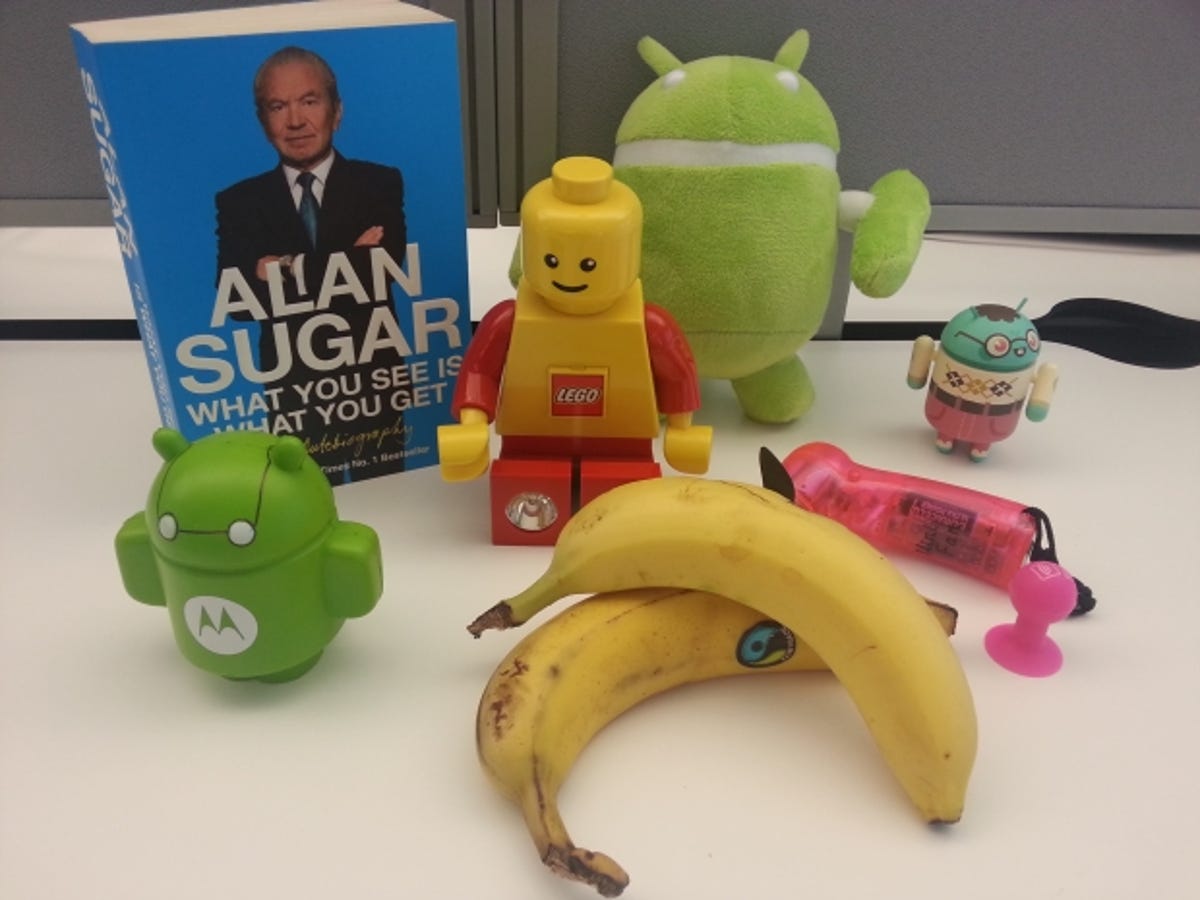

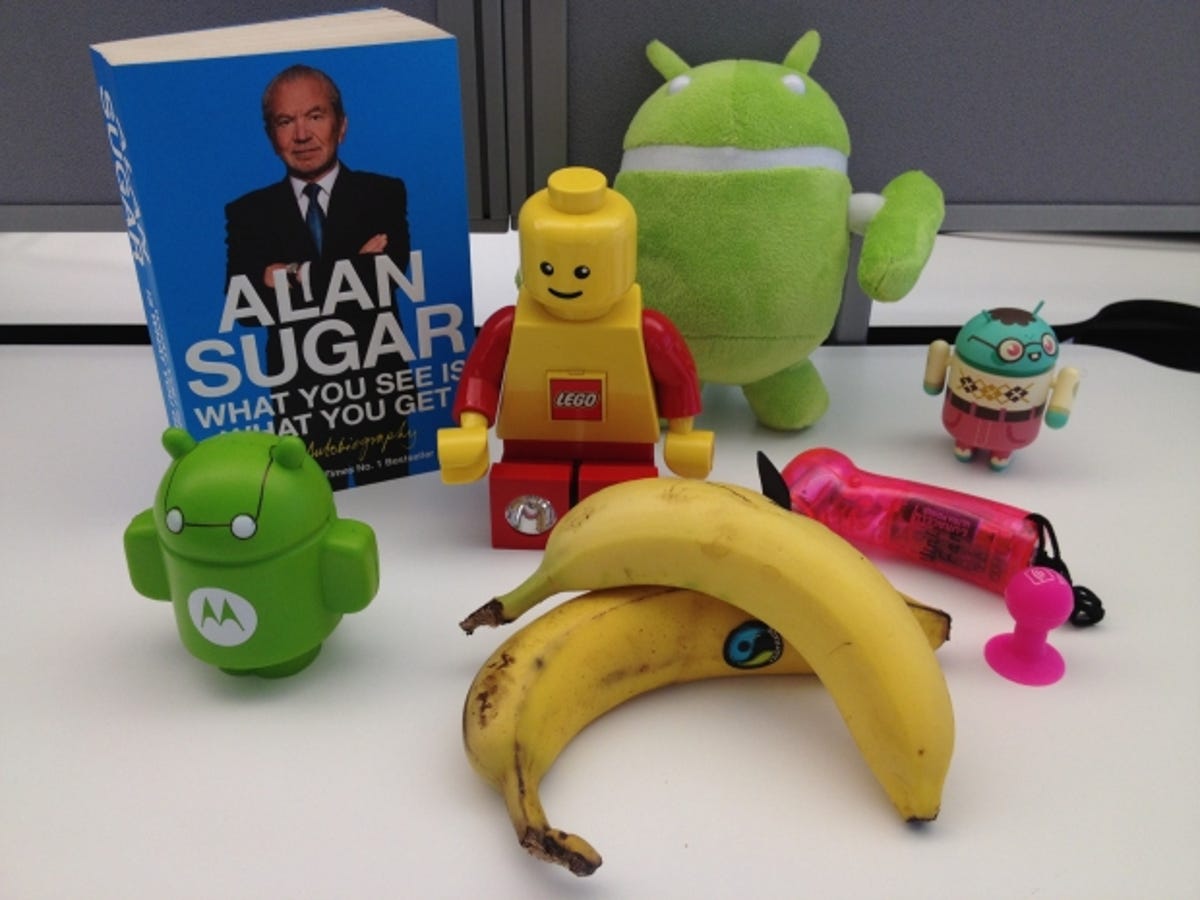

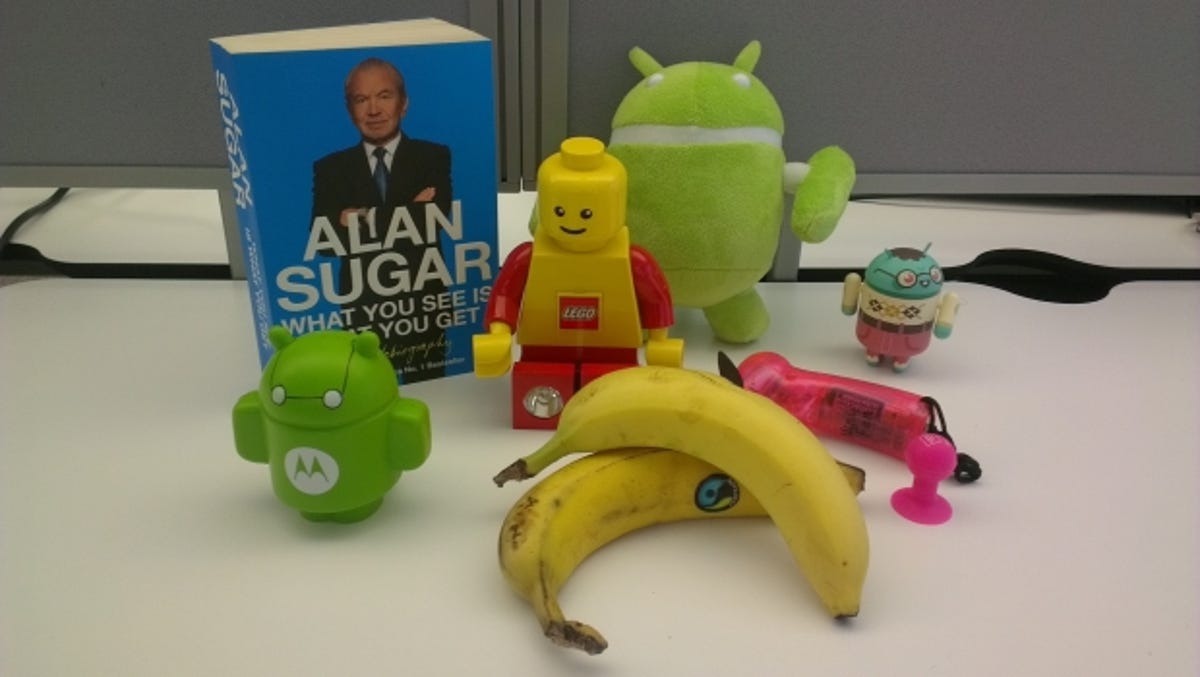



Depth of field
In a composition that tests depth of field test, the phones produce some very stylish looking shots — with the Samsung Galaxy S3 producing an especially strong overall shot. The iPhone also produces a good shot, as does the One X — but note the warmer colour tones, which give it a very different atmosphere. Once again, the Sony Xperia S suffers from noise, and its colours are also washed-out.
Click on each photo to enlarge.
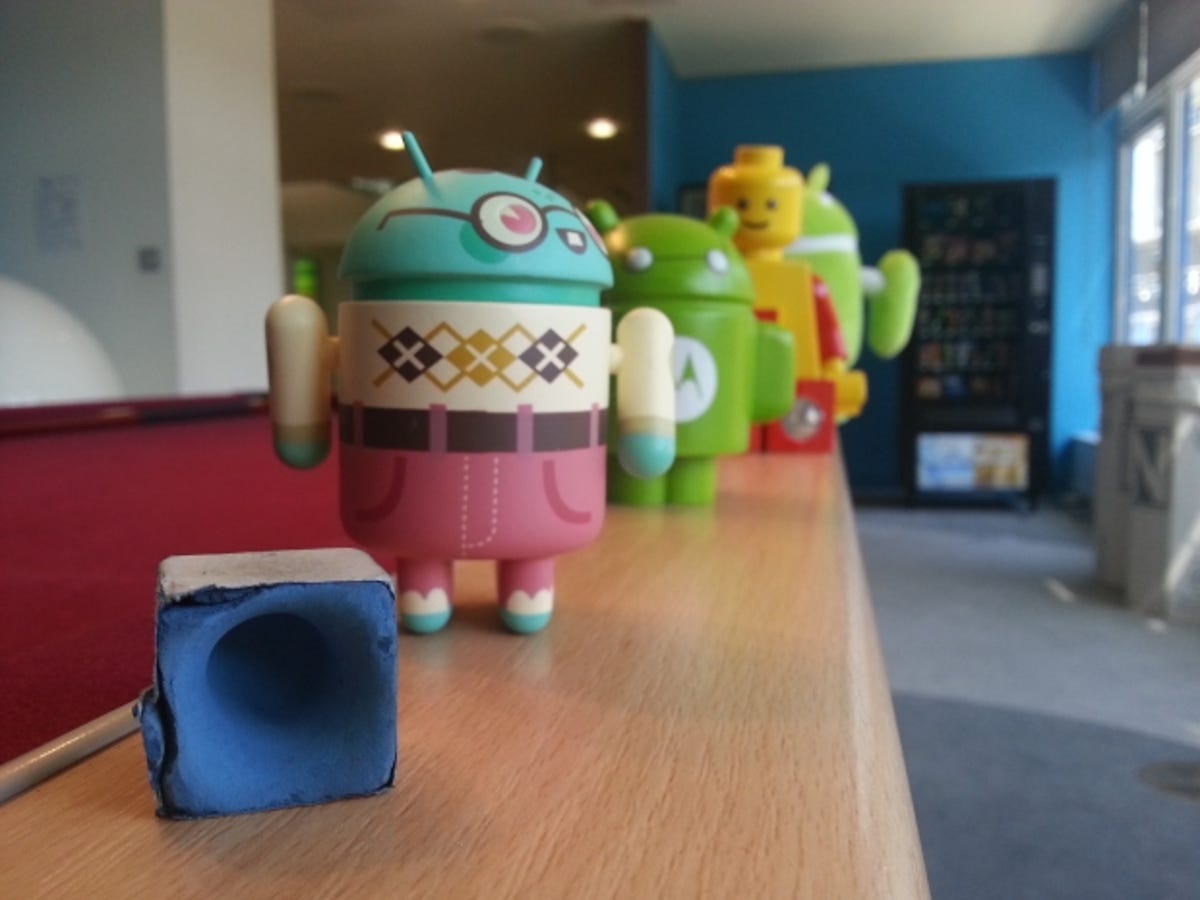

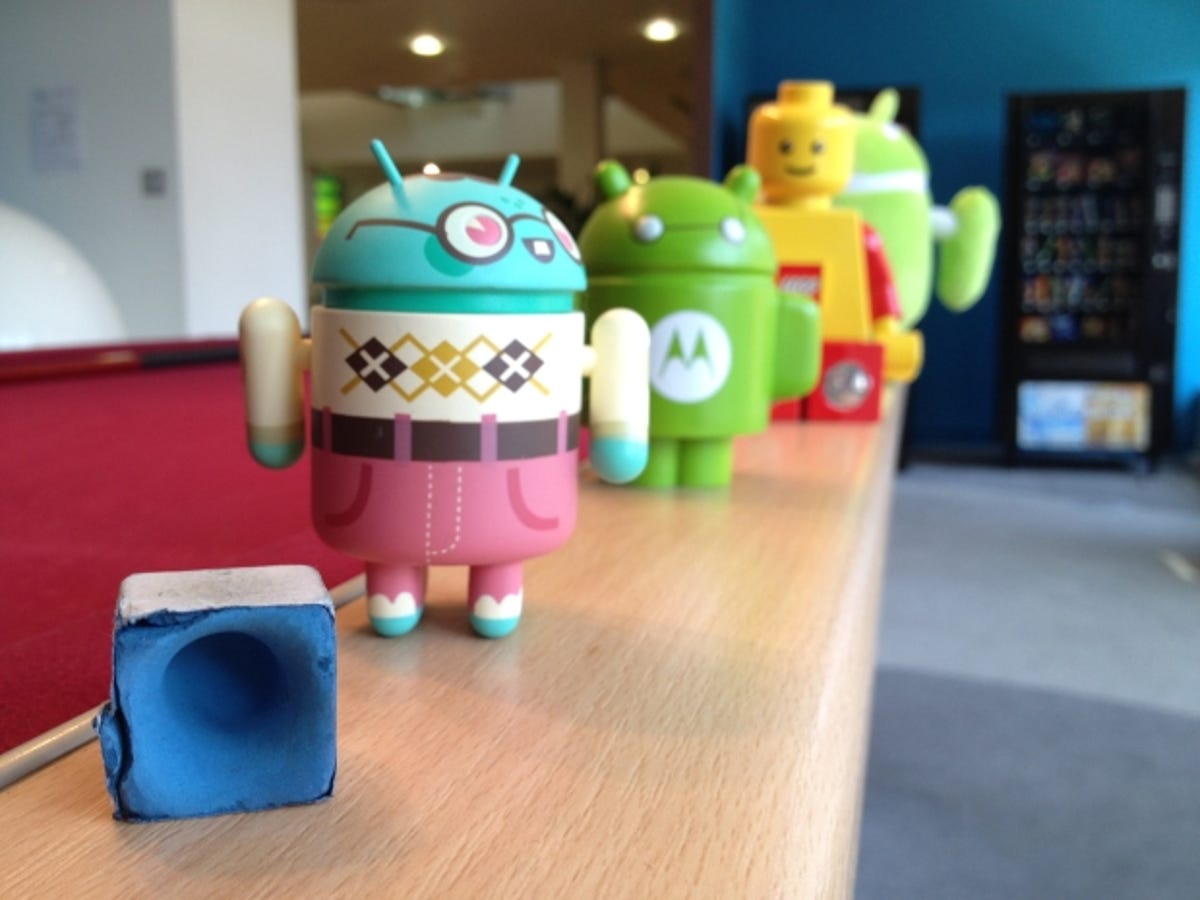

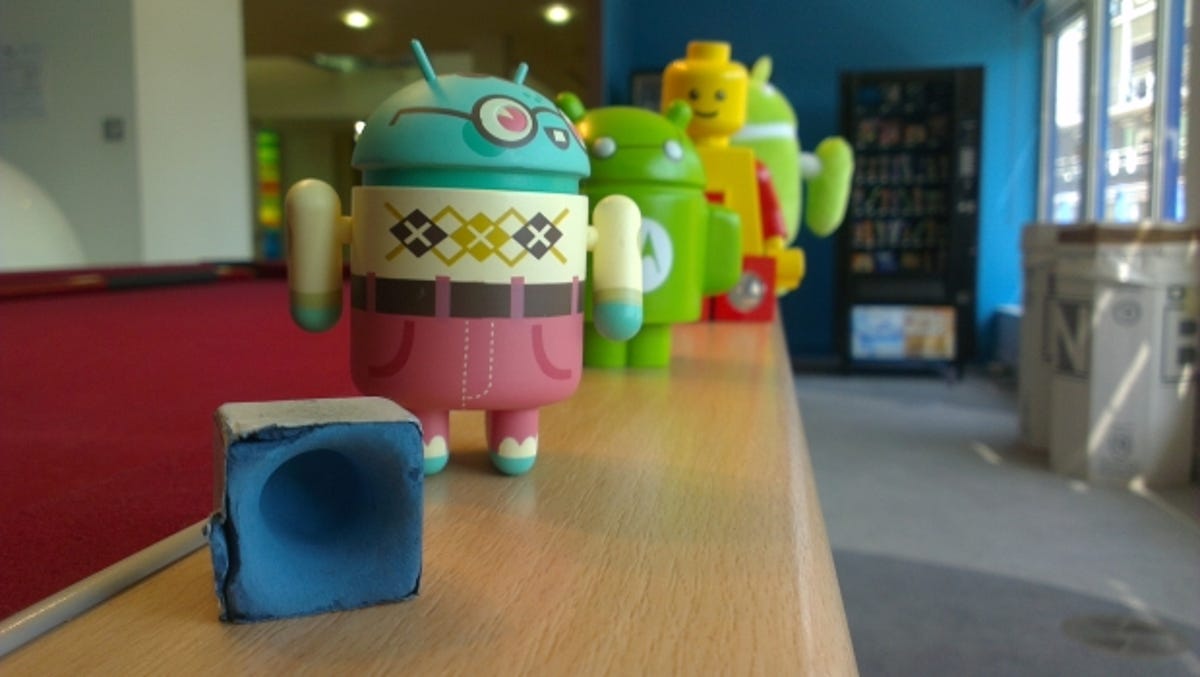



Low light levels
Moving to the dingy environs of this blue bubble chair, Legoman, Droidy and friends seek to test our intrepid camera phones’ lower light abilities. The S3 and the Xperia S appear to be bumping up the ISO to cope — which results in grainy, washed-out looking shots. The HTC One X takes a more balanced approach, with a very faithful representation of Legoman and friends. The iPhone 4S produces an attractive shot with very strongly saturated colours.
Click on each photo to enlarge.
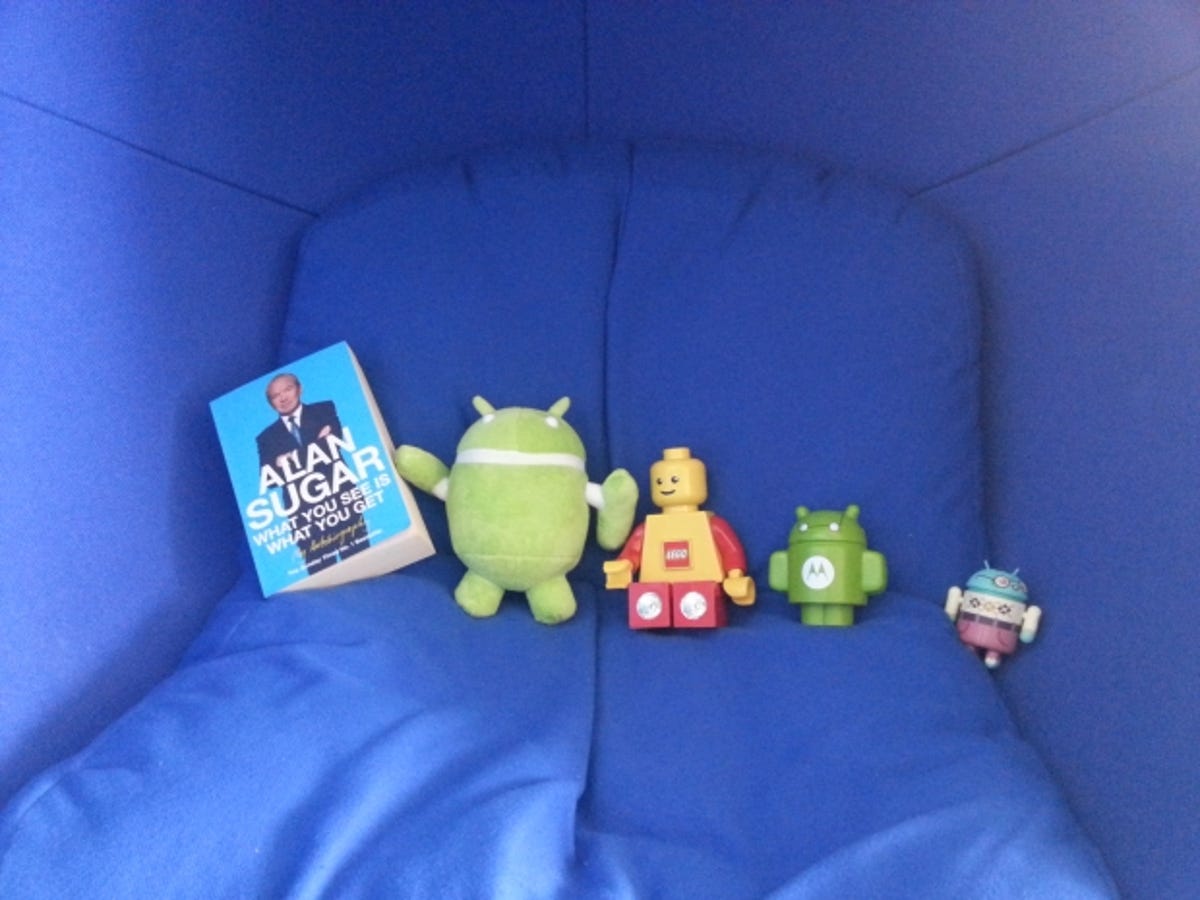

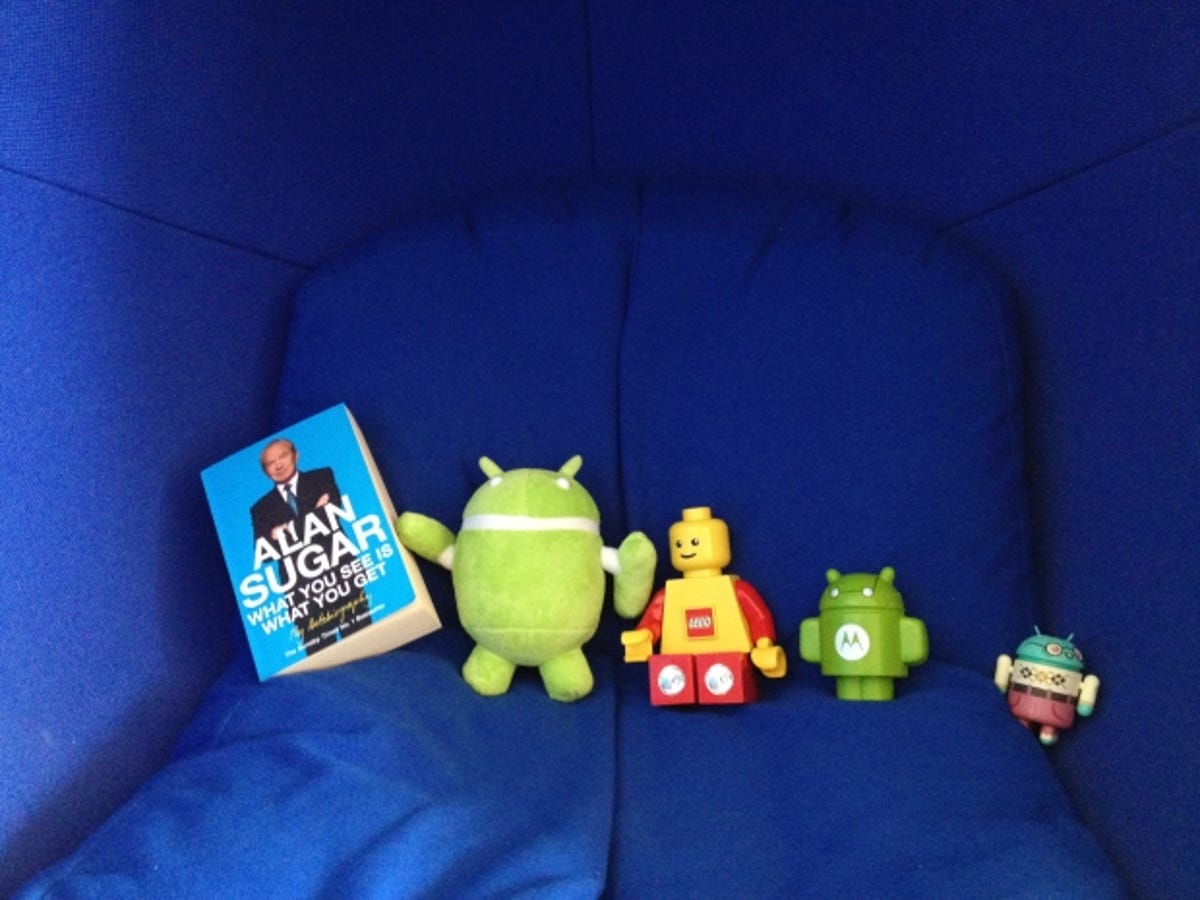

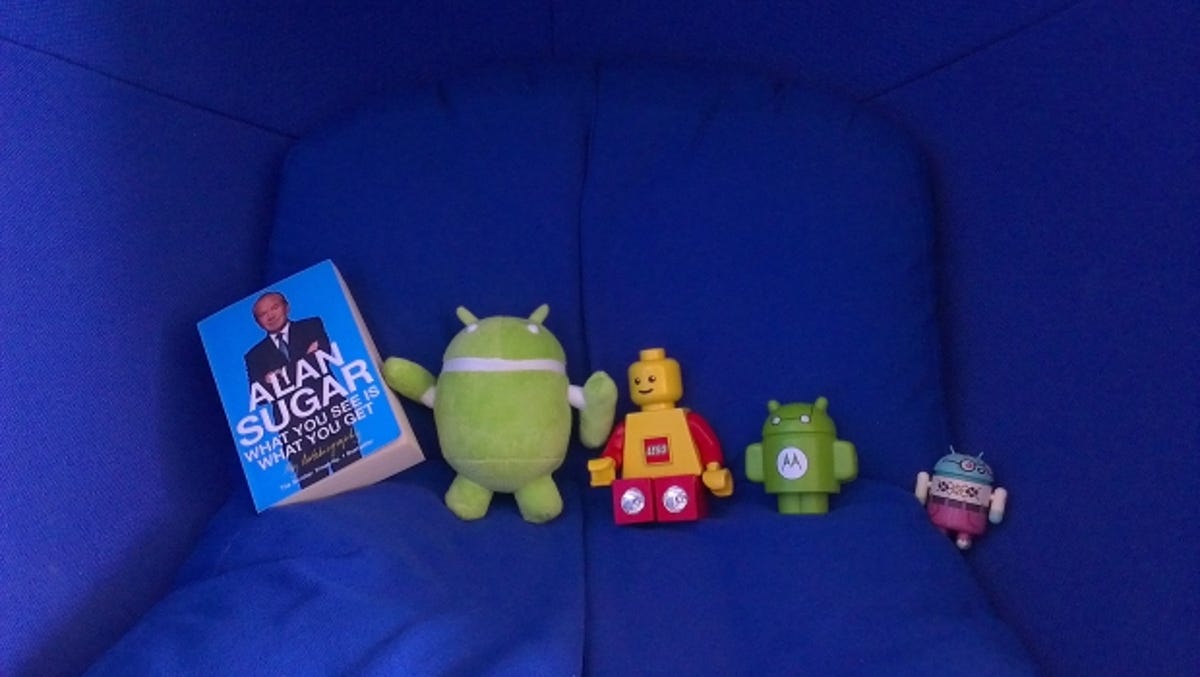

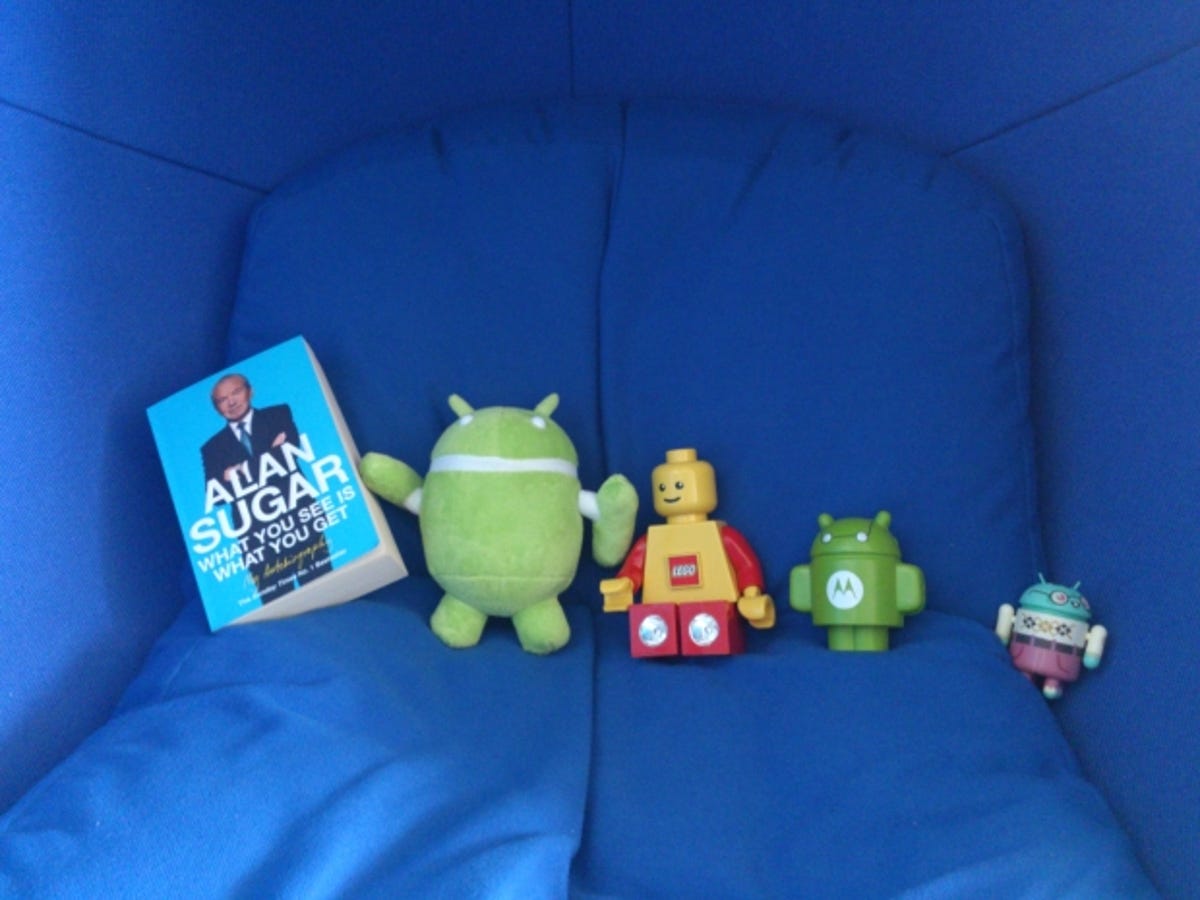

Flash
Moving on to a flash test, the quartet of superphones try their best to strut their stuff in CNET Towers’ darkest cupboard. Once again, the Xperia S’s love of ramping up the ISO to cope with low light is evident — the result is a loss of detail that makes Lord Sugar look more speckly than usual. The S3 captures a much crisper rendering of His Gruffness. The One X’s shot is a tad blurry, while the 4S washes Suralan out. Overall the strongest image here goes to the S3.
Click on each photo to enlarge.
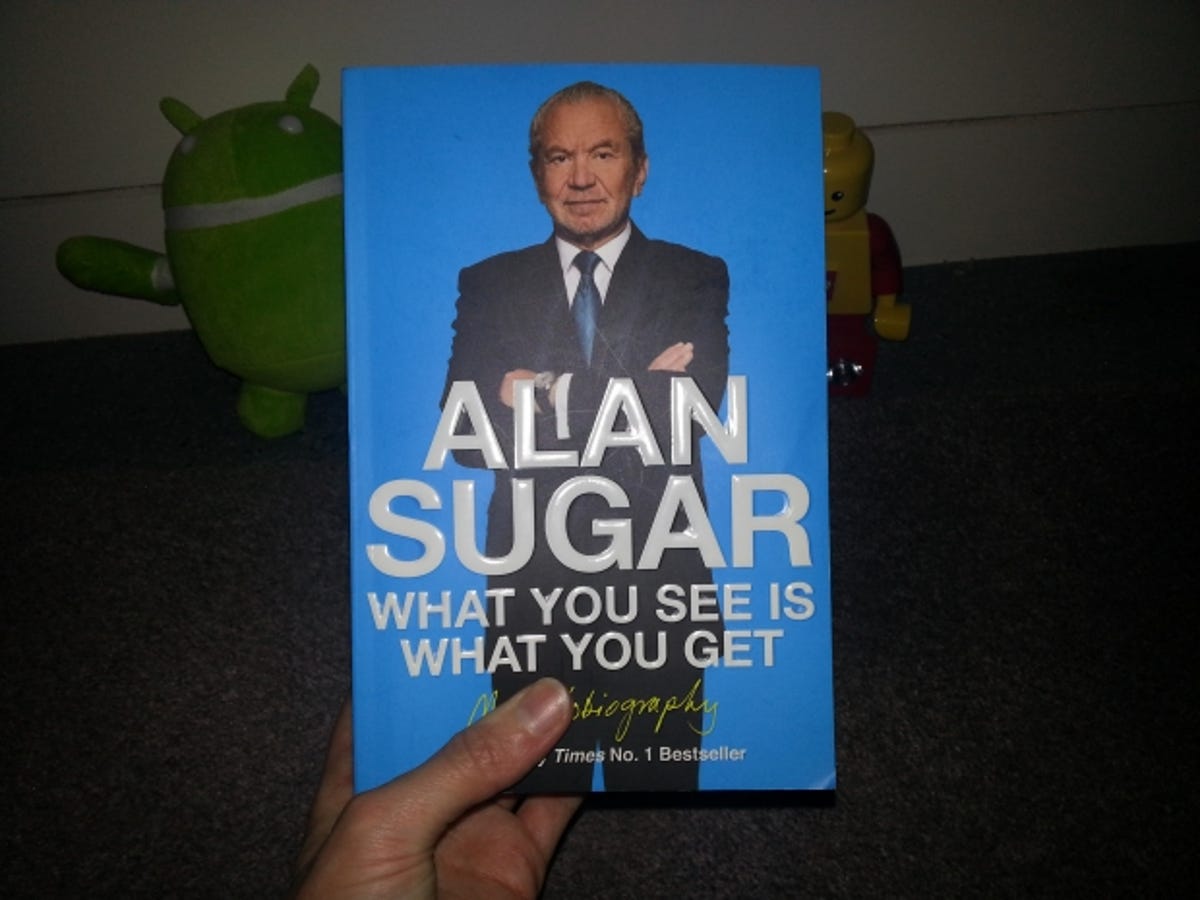





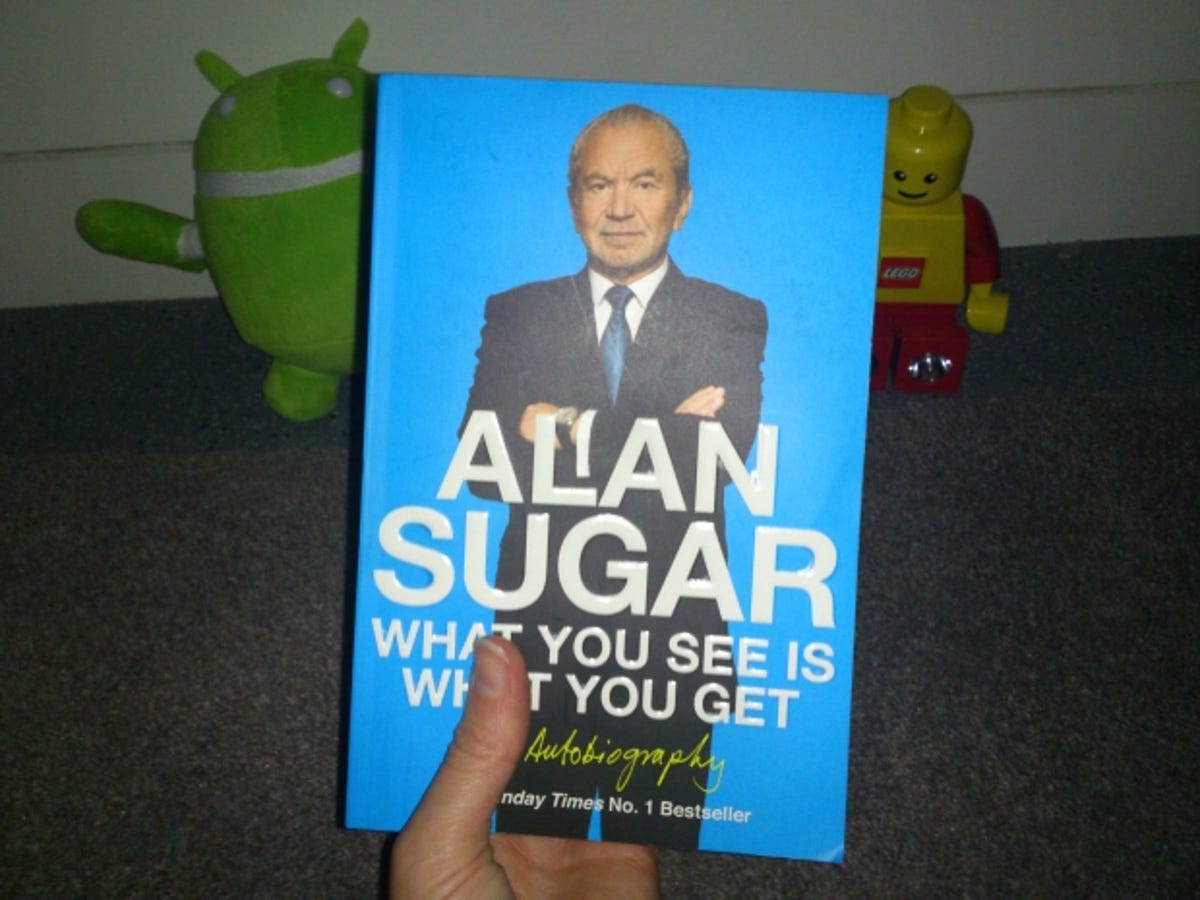

Indoors
A shot of the CNET UK office shows up some big differences in how the camera phones handle variable light across one scene. The HTC One X produces the best overall shot, but does suffer from lens flare. The iPhone struggles with the low light, while the S3 compensates for the dingy environs, but ends up washing out portions of the scene. The Xperia S shot lacks crisp detail.
Click on each photo to enlarge.
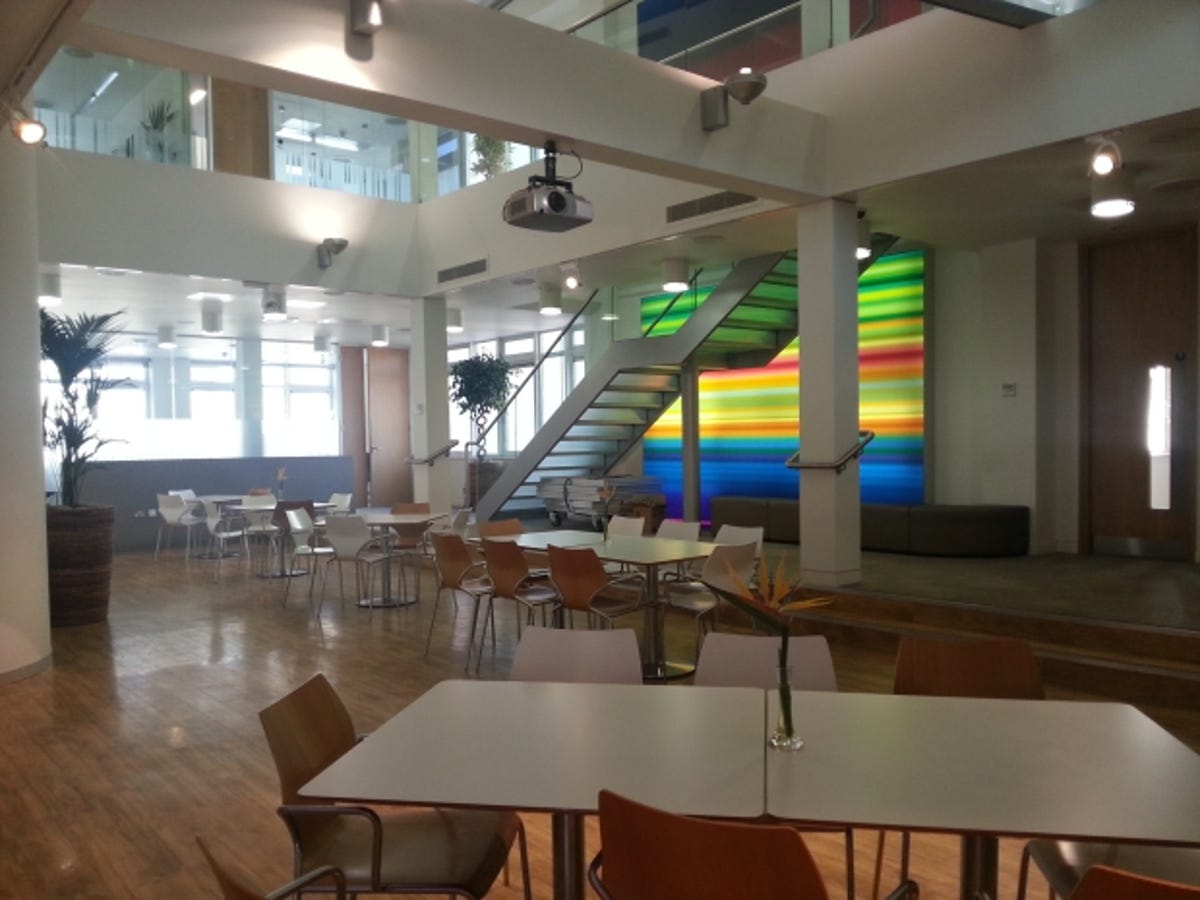

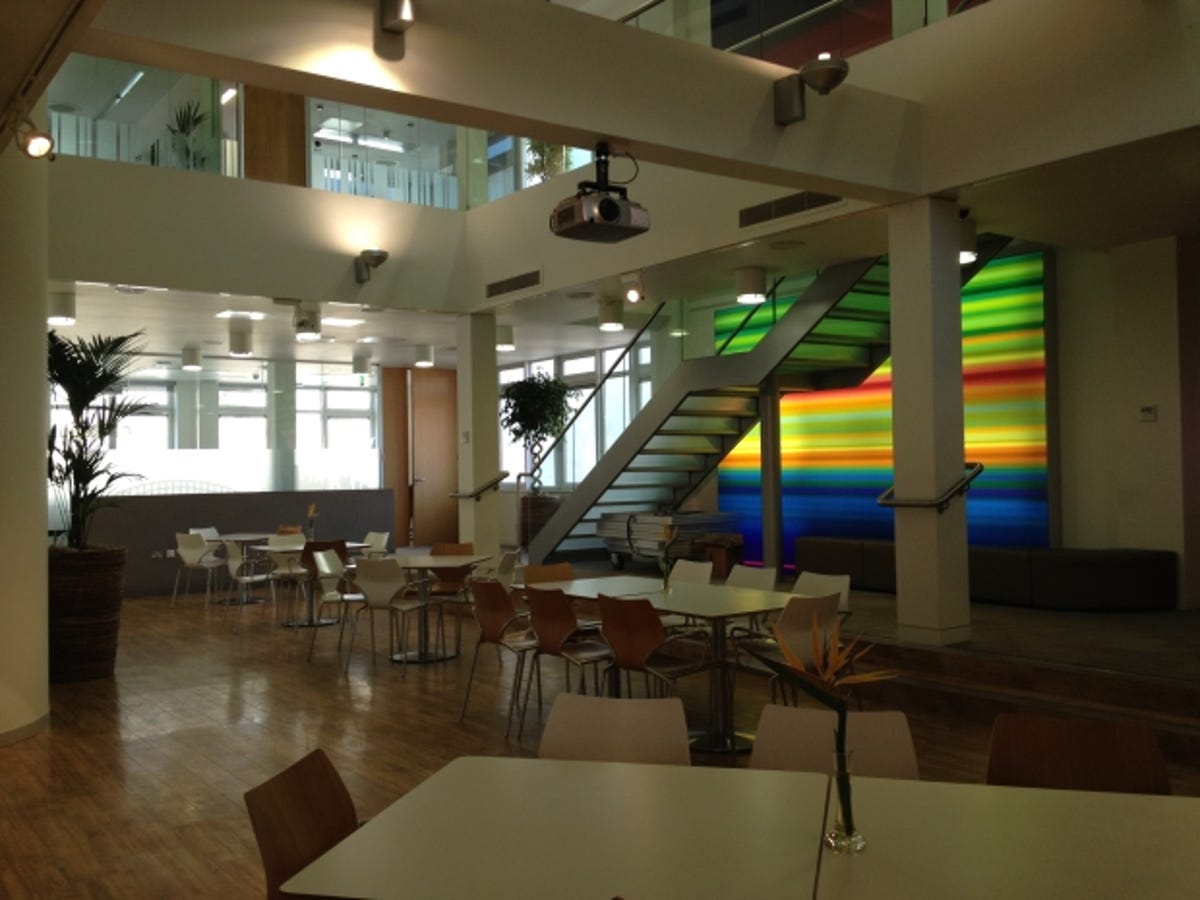

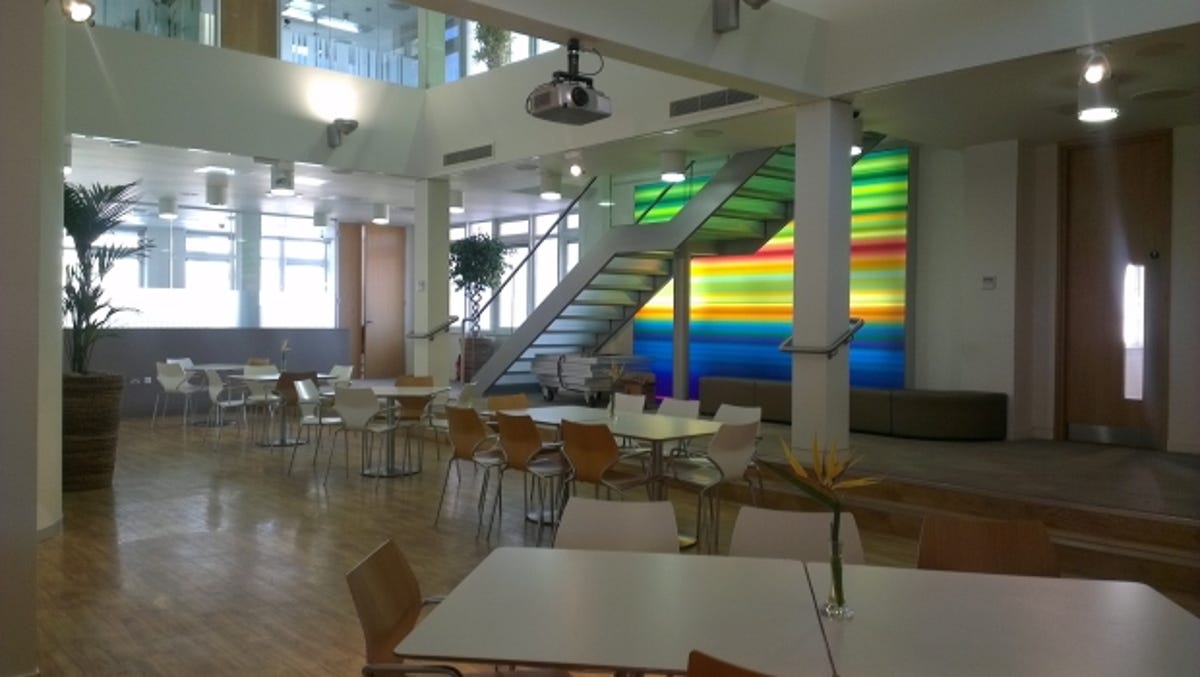



Outdoors
Moving outdoors, the S3’s tendency to wash out scenes is even more evident, with London’s Shard just a ghostly shape in the background. The HTC One X edges out the competition with the strongest overall shot, with crisper detail and true-to-life colours. The Xperia S’s shot is softer, while the iPhone’s colours are more orange.
Click on each photo to enlarge.


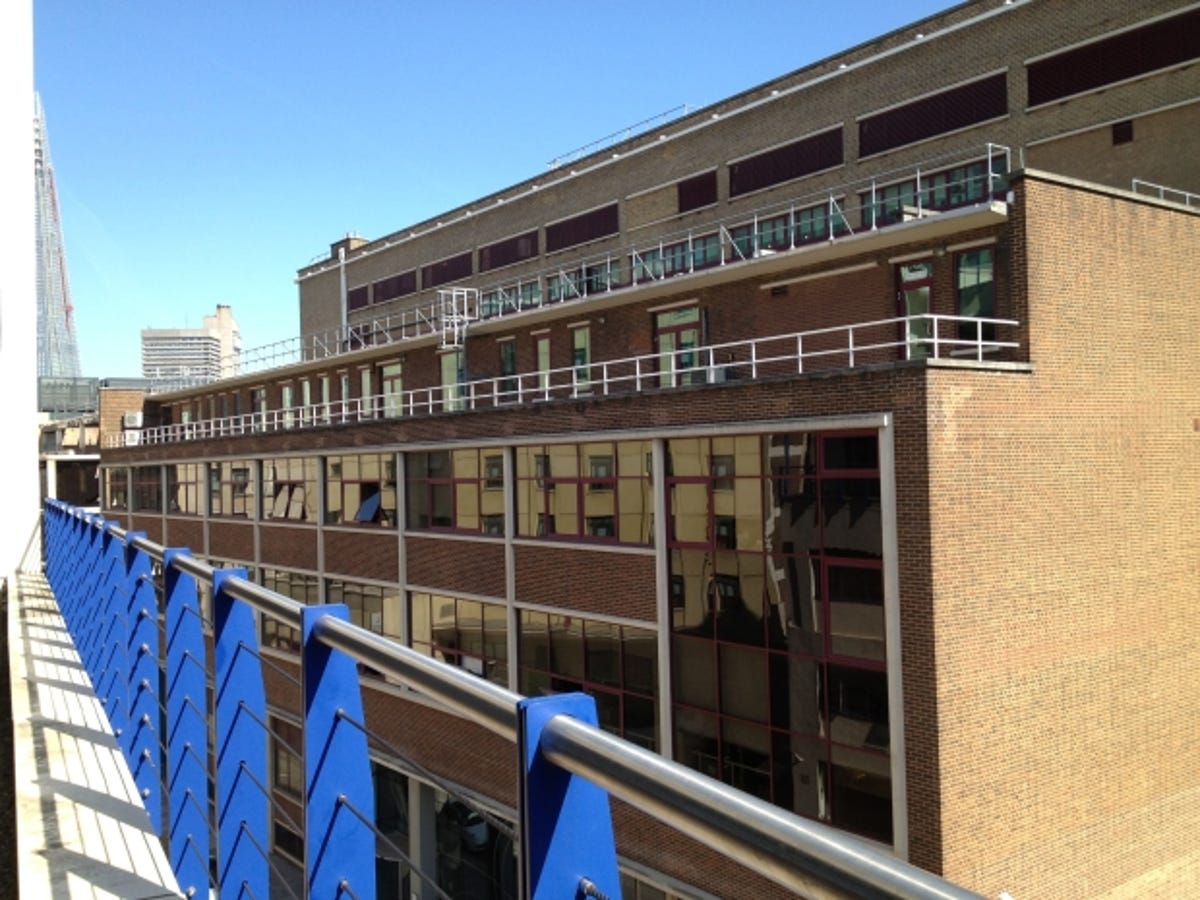





Close up
Which bananas look tastiest? Tough call, right? The iPhone 4S has certainly produced the yellowest looking of the bunch, but the level of detail on the S3 and the One X’s shots is just as good. Again, the Xperia S’s snap suffers from speckles of noise.
Click on each photo to enlarge.
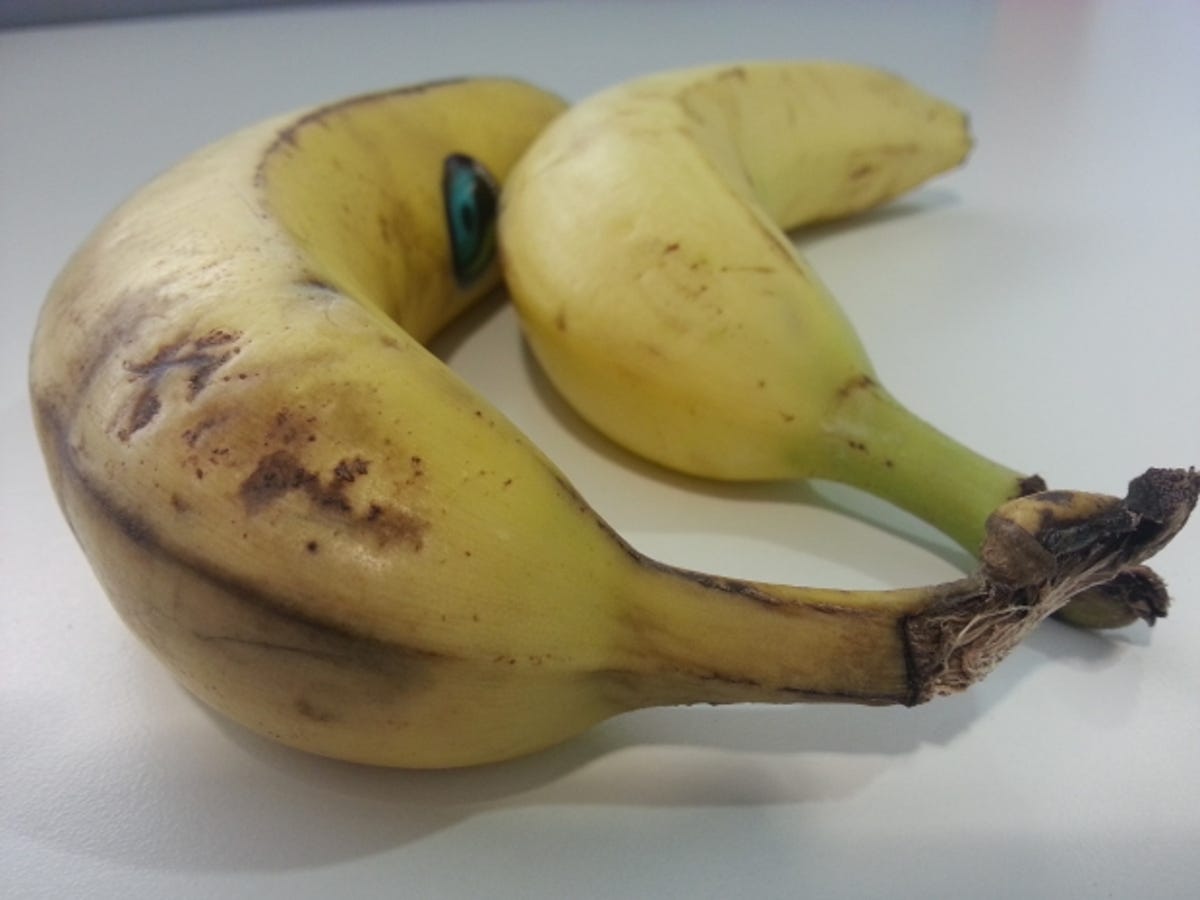

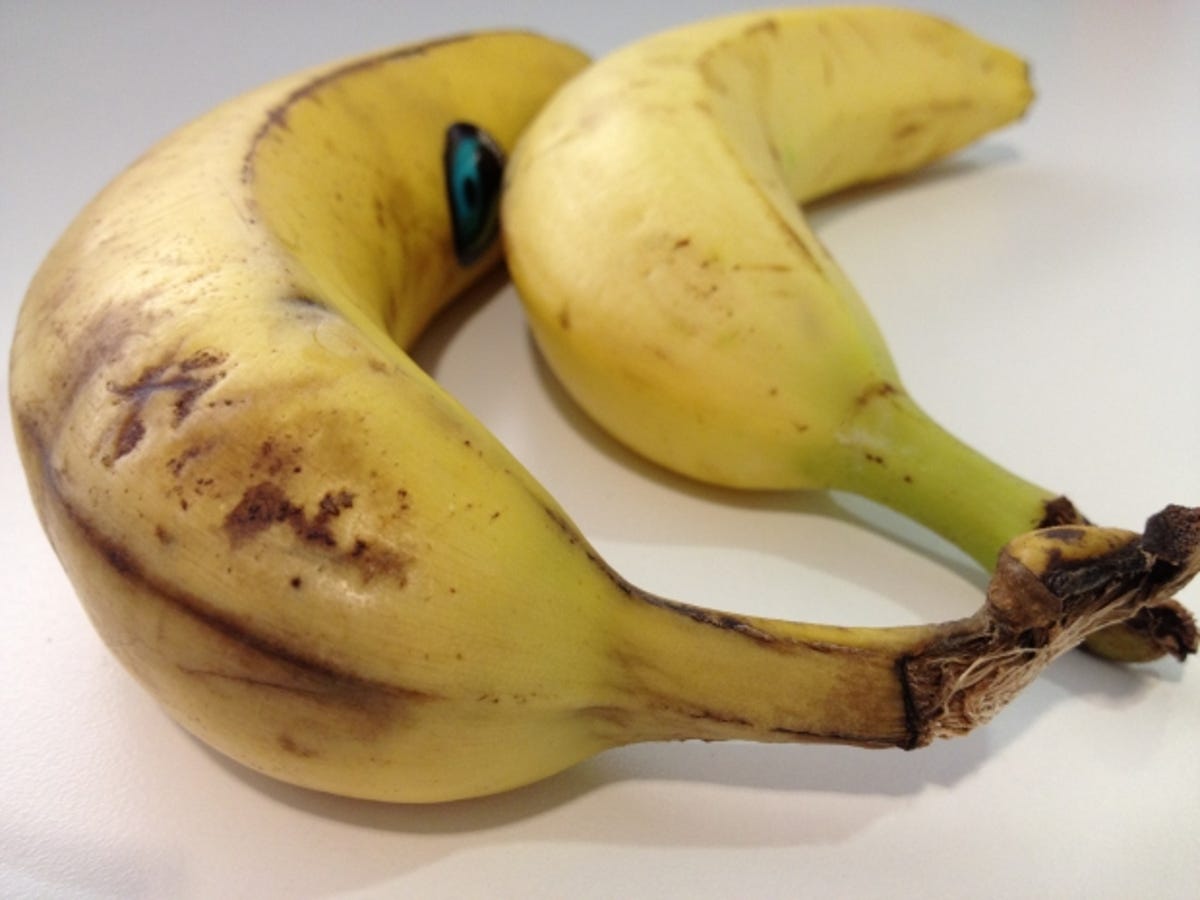

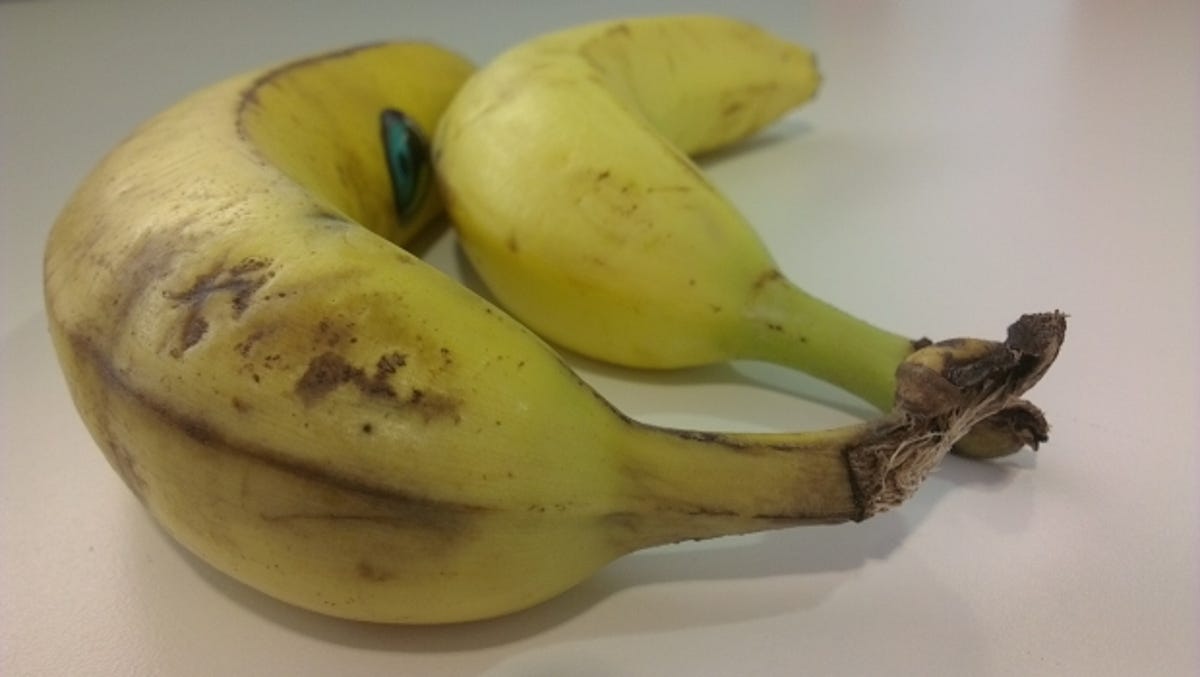

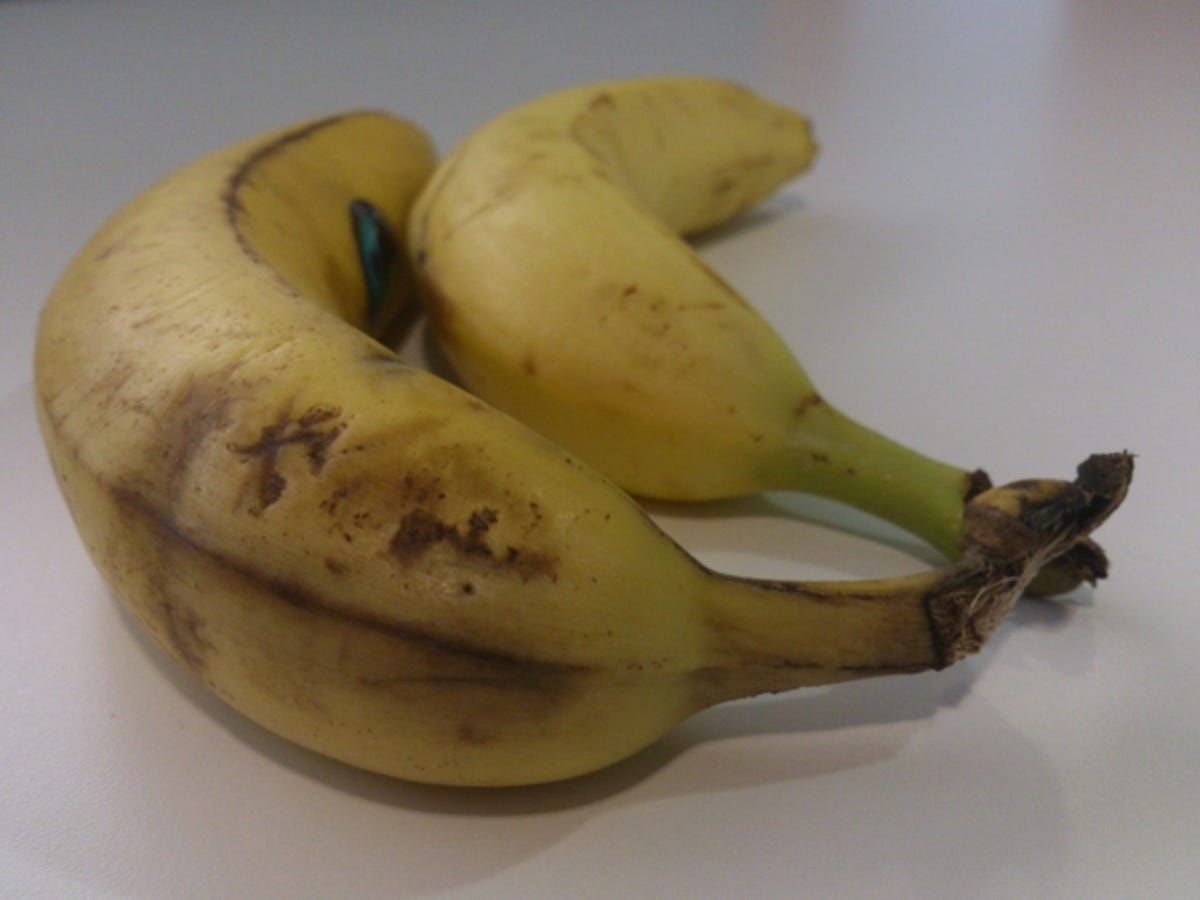

Conclusion
No clear winner emerges from this camera comparison — the HTC One X, Samsung Galaxy S3 and iPhone 4S all have relative strengths in different situations. The One X likes wide shots, the iPhone does smart closeups and the S3 handles flash and depth of field brilliantly. The Sony Xperia S proves itself to be the least capable of the high-end camera phones, however, despite its outrageous megapixel count. In its defence, Sony’s phone does have a lower price tag than the other three.
Which phone’s snaps take your fancy? Post a comment below or zip over to our Facebook page.
Update: A previous version of this story stated the Xperia S had an 8-megapixel sensor. It actually has 12.1, not that you’d know it. Also added that the iPhone’s volume up key can be used as a shutter button — thanks to an anonymous commenter for that detail.



